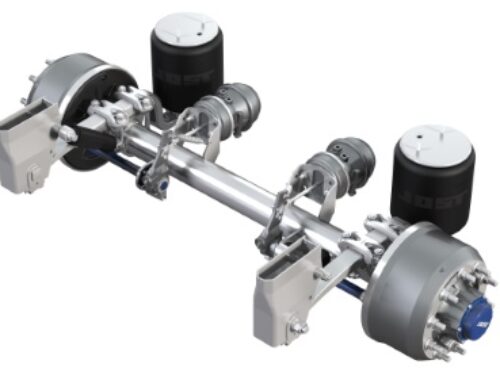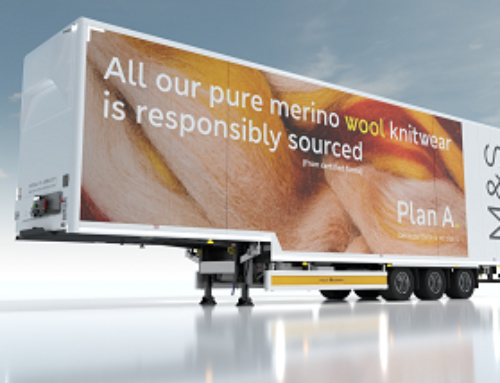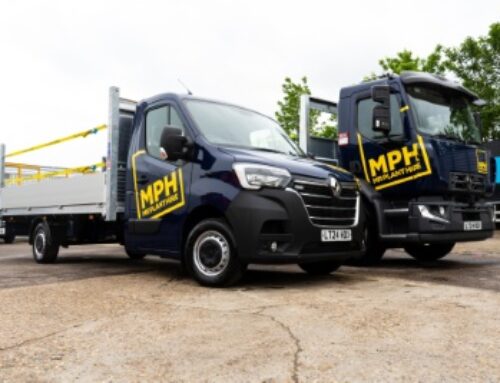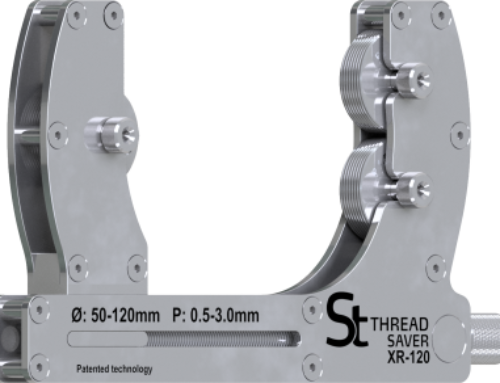Merlin turns spotlight on EV auxiliary power
 With the continuing rollout of electric vehicle (EV) fleets, techniques for providing on-board auxiliary power are changing, according to battery specialist Merlin Power.
With the continuing rollout of electric vehicle (EV) fleets, techniques for providing on-board auxiliary power are changing, according to battery specialist Merlin Power.
“Unlike internal combustion engine vehicles, where auxiliary batteries receive almost a continuous charge from an alternator, EV vehicles do not,” explained the company.
“Furthermore, user expectations are that auxiliary batteries are recharged as quickly as the main motive battery pack. This means that in the past, on ICE vehicles, a low-cost split charging system and leisure battery was sufficient to run inverters, winches, beacons, comms and other systems.
“For the first time on many fleets, that are switching to EV, auxiliary batteries are being deeply discharged. An ordinary leisure battery will quickly fail with this type of use. Lithium suppliers will be quick to extol the virtues of their batteries – but the surge output power, issues around safety, use in temperatures below 0°C or above 40°C, and their ability to provide high sustained current are all significant disadvantages which are often overlooked.”
Merlin Power has introduced the Fullriver Thick Plate AGM battery, which it says is proven in use aboard military vehicles, RNLI lifeboats and police and ambulance fleets.
The company says its batteries provide near lithium-like performance without the disadvantages, and it has been providing a five-year warranty for a number of years.
“Of particular note for EV users, these batteries can be discharged to 80 per cent regularly and also are recoverable from what would normally be disastrously low voltages – this matches the EV use profile much more closely than conventional leisure batteries,” said Merlin.
The company also highlighted issues around charging.
“According to battery experts, the best way of charging two battery banks is to parallel them during charging and isolate each battery bank on discharging,” it continued.
“The only issue is that unless you are using a sophisticated control system, this won’t work on an EV.
“Therefore, the answer has been to use DC-DC chargers. When the vehicle is plugged into power, the motive battery and chassis battery are charged. The DC-DC charger will then charge up the auxiliary battery pack.
“As mentioned before, the expectation is that the auxiliary batteries should be recharged in the same time as the motive pack.”
A big issue, says Merlin, is that most DC-DC chargers provide such a small amount of current, that unless the vehicle is left plugged in for hours (i.e. overnight), the auxiliary battery will never be recharged properly.
During testing of a variety of the DC-DC chargers on the market, the company says it found that many units de-rate after a few minutes once warm: losing 60, 70 and even 80 per cent of their rated output.
Merlin Power managing director James Hortop, who conducted the test, commented: “With this type of performance, auxiliary battery systems will cease to be reliable.
“We know that vehicle OEMs are experiencing serious auxiliary battery problems, and this is often the cause.”
 He continued: “Thermal management of the electronics in a DC-DC charger is paramount to achieving the best performance – we generally discount anything that doesn’t feature fan cooling – the worst performing units were all solid-state.”
He continued: “Thermal management of the electronics in a DC-DC charger is paramount to achieving the best performance – we generally discount anything that doesn’t feature fan cooling – the worst performing units were all solid-state.”
Therefore when specifying auxiliary electrics, some care is needed in choosing the appropriate technologies and products, says Merlin Power, to ensure that user expectations around performance, battery longevity and recharge times are properly met.
Merlin Power’s products and systems are used across many critical-use fleets, from ambulances to police cars and frontline main battle tanks to large fleet work vans.
A British manufacturer based in Exeter, Poole and Middlewich, it specialises in the supply, system design and installation of power management products.










